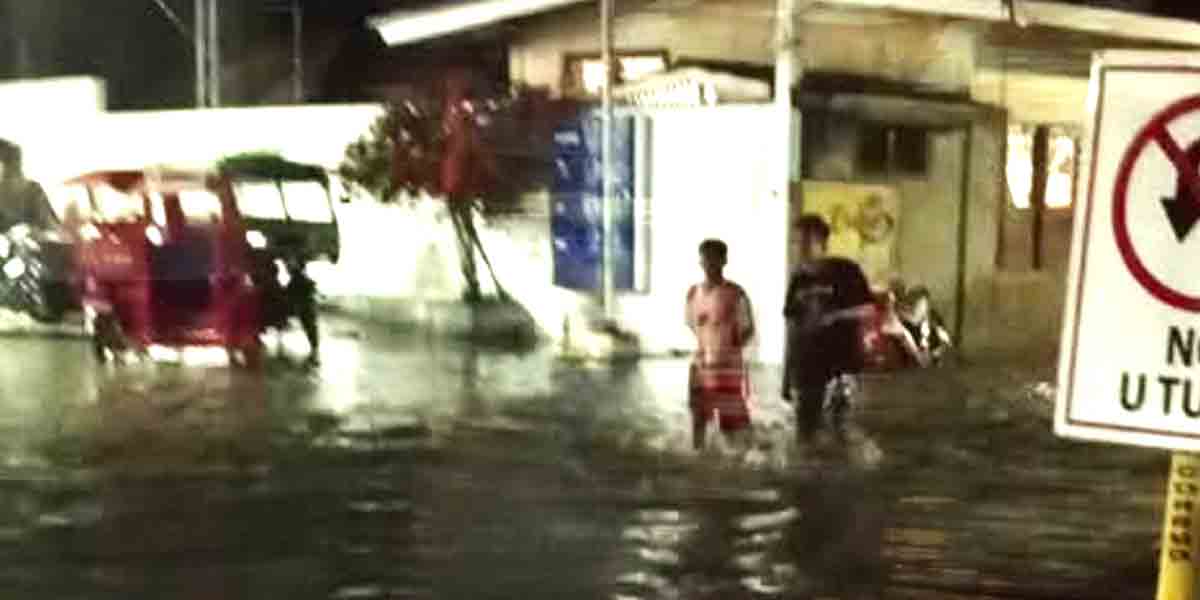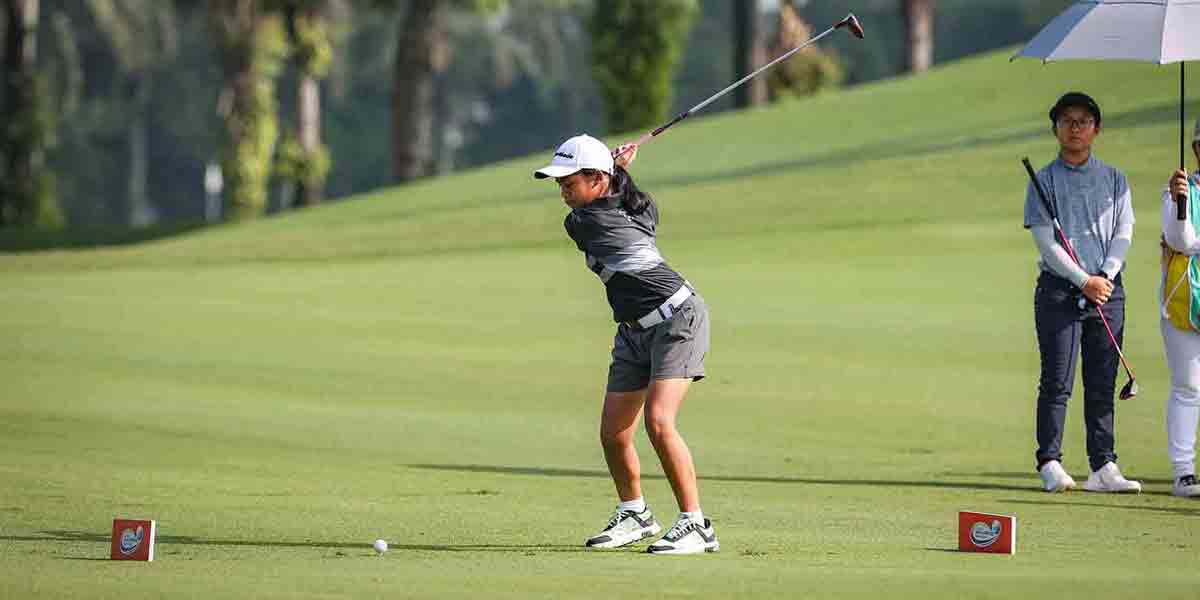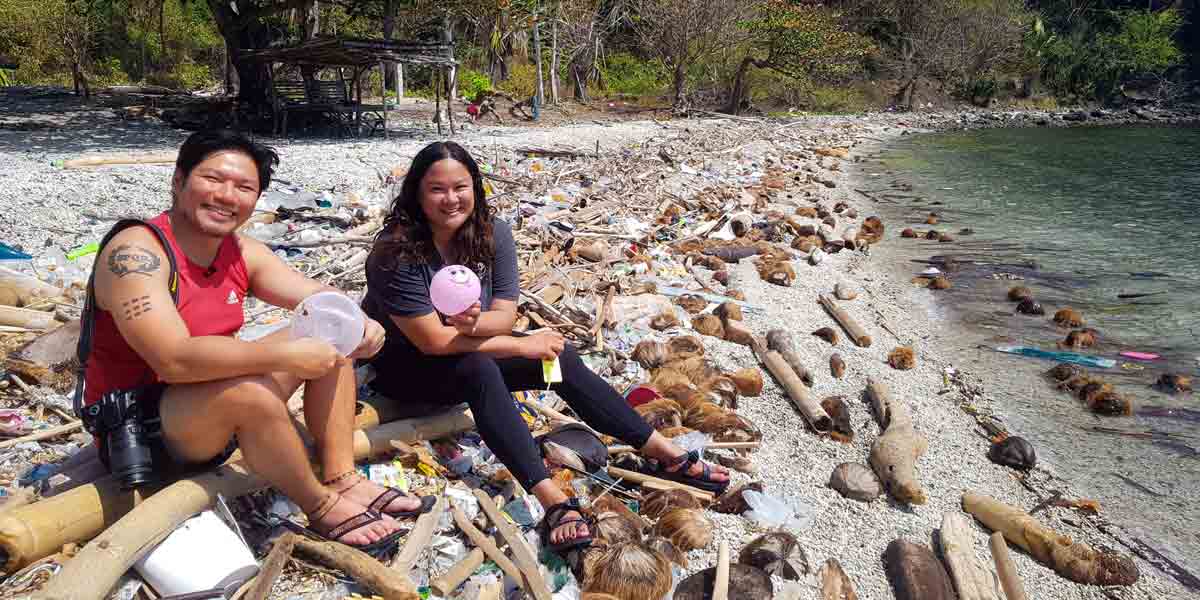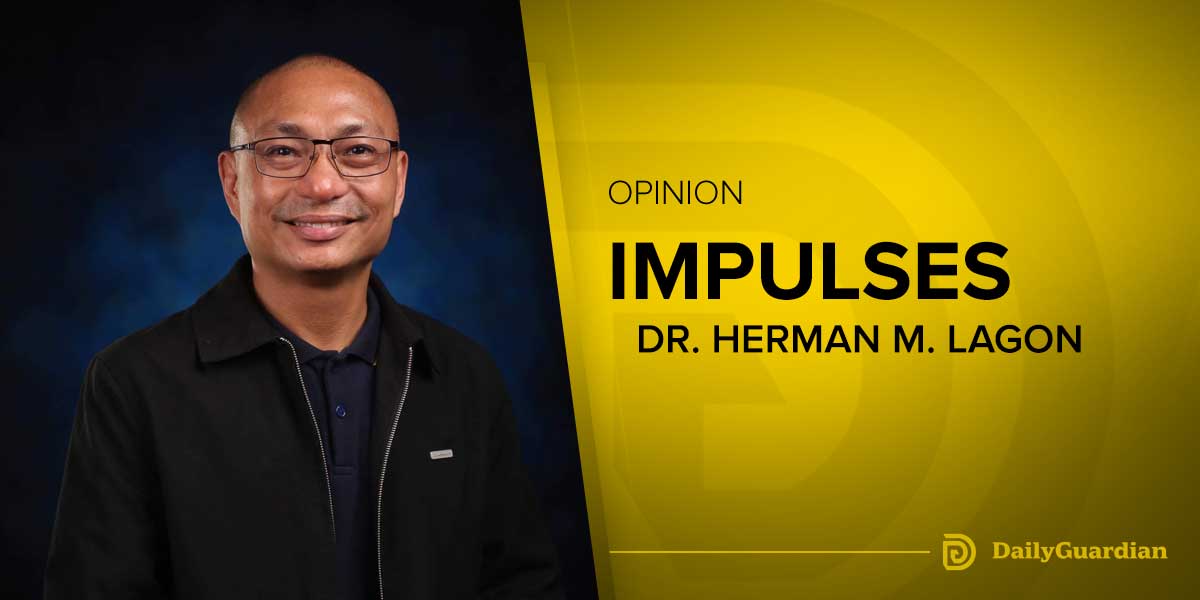The province of Antique is a frontier in Western Visayas, caught between two competing realities: economic survival and the preservation of its natural identity.
For centuries, Antique has been known as the place where the sun meets the sea, a poetic description of its unspoiled landscapes and rich biodiversity.
But this image is now under threat with the Mines and Geosciences Bureau Western Visayas (MGB-6) pushing to declare 7,000 hectares in four upland towns as a mineral reservation.
The plan to designate Patnongon, San Remigio, Valderrama, and Sibalom for mineral exploration pits economic ambitions against environmental sustainability.
At the heart of this conflict is a question: can Antique afford to gamble with mining without permanently altering its identity and way of life?
Supporters of the mineral reservation argue that the presence of copper, gold, chromite, and silver offers a golden opportunity for economic growth.
They claim that responsible mining can bring jobs, infrastructure, and much-needed government revenue to one of the country’s most economically challenged provinces.
However, history has shown that the promises of prosperity often come at a cost too steep for local communities to bear.
Environmental groups, civil society organizations, and concerned Antiqueños are wary of this proposition, citing the province’s fragile ecosystems and past disasters.
The proposed mining area overlaps with the Sibalom River Watershed and the Sibalom Natural Park, both crucial to Antique’s water supply, agriculture, and biodiversity.
The watershed not only sustains farmlands and households but is also home to endangered species like the Visayan warty pig and the Visayan spotted deer.
Once mining operations begin, pollution, sedimentation, and water diversion could disrupt these ecosystems, harming both nature and the communities that depend on them.
The impact of past typhoons Paeng (2022) and Frank (2008) serves as a grim reminder of how fragile Antique’s environment is.
Mining-induced deforestation and land degradation could exacerbate these risks, leaving the province vulnerable to future calamities.
Beyond environmental concerns, there are legitimate fears that Antiqueños will not benefit from the wealth extracted from their lands.
The history of mining in the Philippines tells a familiar tale: foreign corporations and big businesses profit, while local communities bear the burden of displacement, pollution, and economic instability once resources run dry.
Even existing mining operations like Semirara Mining and Power Corporation’s coal operations highlight the dangers of resource depletion and dependence on extractive industries.
With the global shift to renewable energy, Semirara’s economic dominance will not last forever, and Antique must look beyond mining for its long-term stability.
Rather than allowing mining interests to dictate its future, Antique should focus on sustainable development strategies that build on its natural strengths.
Tourism, agriculture, and renewable energy offer alternatives that do not require sacrificing the province’s ecological treasures.
Investing in eco-tourism can position Antique as a premier destination that values conservation, cultural heritage, and community-driven economic growth.
Agricultural development, supported by modern infrastructure and technology, can secure food security and livelihoods without damaging the environment.
A sovereign wealth fund from mining royalties, if properly managed, could help finance these initiatives while ensuring that profits benefit Antiqueños first.
The province must decide:
Will it choose short-term economic gains that could leave lasting scars, or will it fight to preserve its identity as a sanctuary where the sun meets the sea?
Antique’s future depends on the decisions made today, and its people must have the final say in determining what kind of province they want to inherit.





















